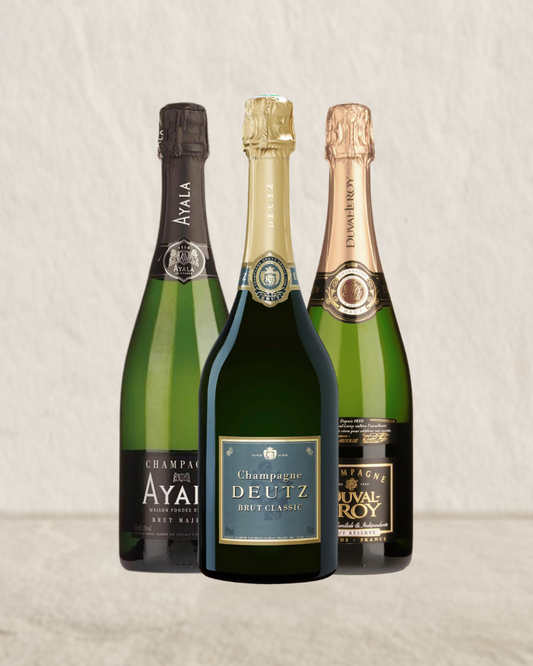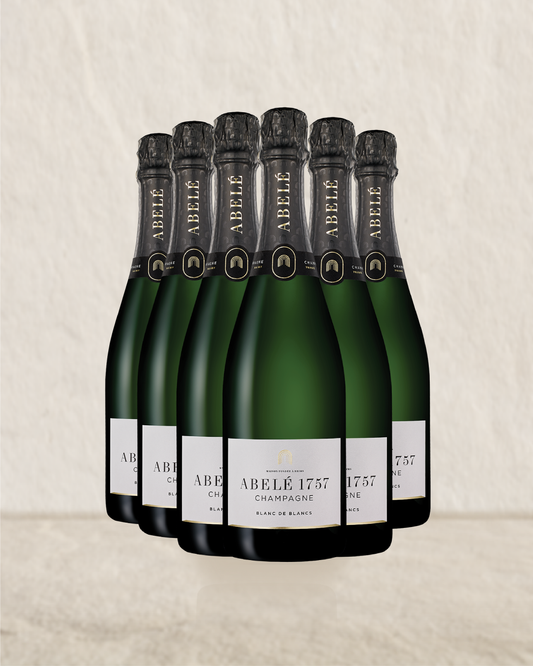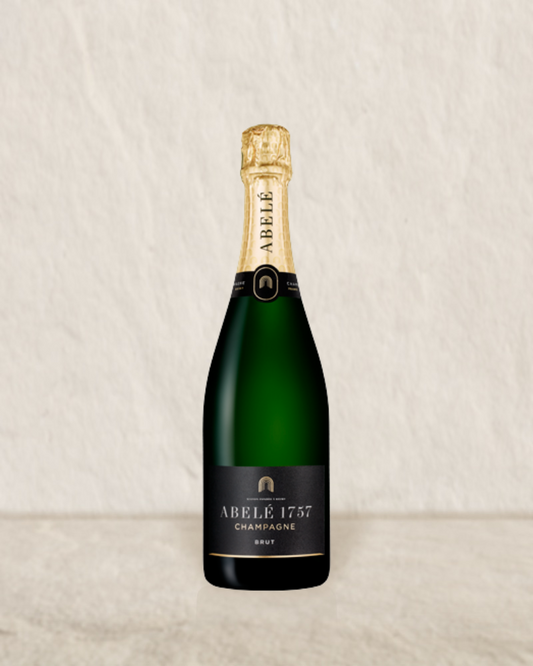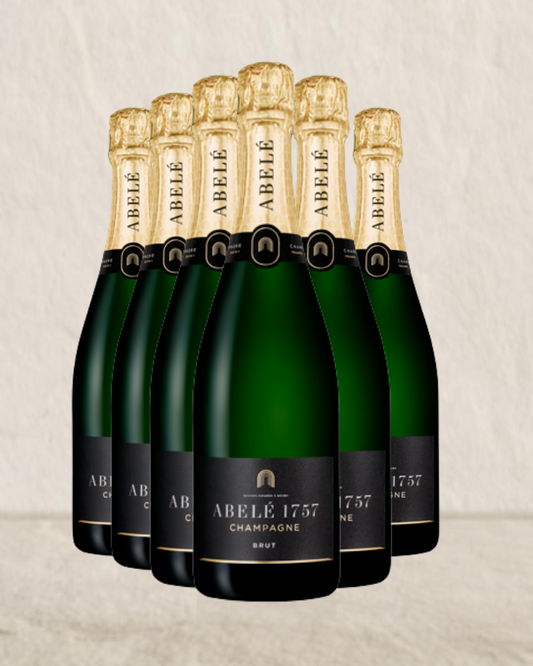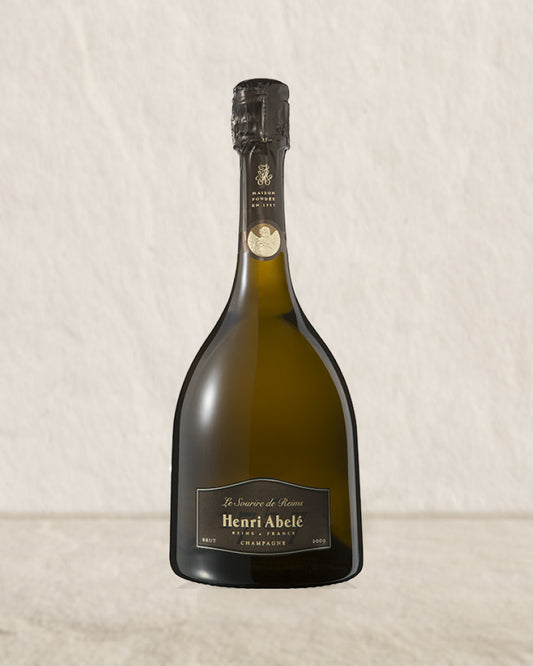Press Release from the Champagne Information Centre
As demand continues to outstrip supply, the pressures on the Champenois has been immense. To maintain consistency and uphold the quality and reputation of Champagne is vital for the regions ongoing success. The recent announcements from the INAO have not been decisions taken lightly, and it is unlikely that any changes will even begin to be seen before 2021
True Champagne only comes from the Champagne appellation, located apprroximately 90 miles northeast of paris. For a wine to bear the Champagne name, all the grapes used in its production must come from approved parcels and the wine must be elaborated, manipulated, stored and labeled within the appellation.
At the request of the Syndacit des Vignerons(Union of Grape Growers), the INAO(Institut National de L'Origine et de la Qualite) is carrying on an exhaustive revision to ensure the wines produced in the Champagne appellation are consistently made with the highest quality grapes.The revision is taking place under strict scientific and government regulations. It is an extensive process unlikely to impact Champagne production before 2021
INAO's Announcement
* On March 13, 2008, INAO announced its approval of the first step in the revision of the Champagne appellation. The announcement is an early step in the lengthy and scientifically grounded process designed to guarantee consistency and quality throughout the Champagne appellation.
* The initial step taken by INAO named 40 villages within the Champagne region that would be added to the appellation and two that would be withdrawn from the appellation. Under this proposal, the new total of villages included in the Champagne appelation would be 357. No new vineyard parcels were identified yet and there were no changes to the grape growing zones. In addition, greater limitations in the overall size of the area where Champagne can be elaborated were adjusted to ensure wine production is conducted as close as posible to the grape growing areas.
* The new villages were evaluated on their historical, soil, subsoil, exposure and climate characteristics. All efforts are focused on ensuring that the highest quality grape growing land is included in the Champagne appellation. A team of experts in five disciplines: history, geography, geology, phytosociology and agronomy worked for over two years to idntify and evaluate the villages announced by INAO
* Inao's proposal will be followed by a public comment period of approximately two months and is likely to be granted final approval in the spring of 2009.
Next Phases
* After the list is validated, a new team of experts will identify, review, and evaluate specific plots within the new villages- and in the existing villages in the Champagne appellation- to ensure the parcels meet the strict quality standards of the Champagne appellation. It is possible that the new villages may not include many new parcels and that some parcels presently in the appellation may be recommended for exclusion.
* Because adjustments to the Champagne region are not taken lightly, the process will take many years. The panel in charge of reviewing the parcels will be named in 2009 and it is expected new parcels will be identified and announced by 2015. This period will also include a public comment period.
* The timeline for revision of the parcels and then planting of new parcel is subject to many factors. Hence, an exact termination date is difficult to predict. however, based on the experiences of other regions, the Champagne appellation does not expect grapes produced in these new plots to be picked until 2019. Therefore, the first bottles including wines from the new parcels are not likely to appear in the market before 2021.

